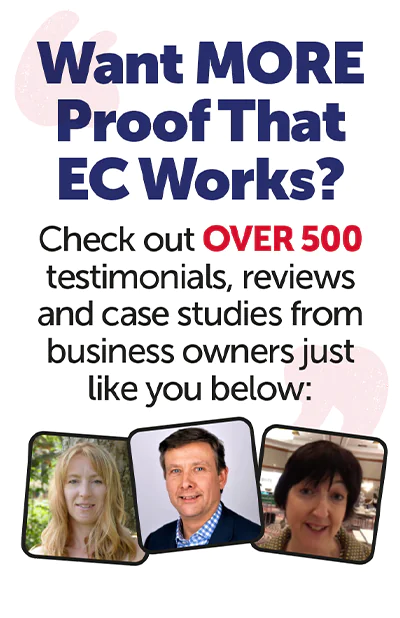
Your new customer may no longer be sitting at a desk (or at home) in front of a PC when searching for the product or service you offer. More and more these days, your customers are living their lives online whilst mobile and engaging with businesses they search for in different ways.
They may be commuting, in the pub with friends or enjoying a roasted hazelnut latte in Costa. The dramatic rise in the popularity of smartphones has meant that your new customers are increasingly looking for someone selling the products or services you sell, whilst they themselves are on the go.
The traditional AdWords process of searcher types in a search phrase, they see your ad, they then click on your ad which takes them to your carefully constructed and relevant (the “R” word, if you’ve been paying attention) landing page.
Depending upon how compelling and engaging that page is, they may do what that landing page was designed to do in the first place – they may “convert”. The actual conversion depends on the type of landing page.
If it’s ecommerce, then buying one or more of your products off the page would be a conversion, or downloading a PDF whitepaper after the visitor has given you some of their personal details could also be considered a conversion.
However, all of this ignores one important fact about selling….and that is a sale only takes places when there is a conversation between the buyer and seller.
Of course, you could argue that no such conversation takes place in an ecommerce situation, but it does.
I’m guessing, like me, you have never bought anything off an ecommerce site without first checking the description, price etc.
In that situation, that is the conversation between buyer and seller. However, for those of us who are not into ecommerce and consumers buying off the page then a proper conversation needs to take place to conclude in a sale.
Therefore, the traditional landing page route, despite all its benefits, has one major flaw.
Someone is probably on your landing page right now and if you could converse with them right now, I know that there is a very high probability that you would sell them something, would you not? But you can’t, as your landing page is not immediately interactive.
Step forward the Google AdWords Click-To-Call, Call Only Campaign.
This is a smart way to increase phone calls to to your business and, of course, a way that allows you to engage in a conversation with a prospect at the very point in time that they are most responsive to your proposal or offer. Call-only campaigns allow you to focus on getting more people to call you straight from ads and start product, or service, selling conversations.
AdWords ads created in call-only campaigns are fine-tuned to show only on mobile devices that are capable of making calls.
Clicks on these ads will only generate calls – your visitor effectively bypasses your landing page.
“Hang on a second, David” I hear you ask – “does this mean I don’t need the very landing pages that you’ve been banging on about for months in these articles?”.
The short answer is no.
Call-only campaigns still need a landing page. Google uses this to verify that the telephone number in your click-to-call ad is actually your number so it must appear on your landing page as well.
This stops your competitors stealing your traffic by setting up an ad that looks like you but with their number on it! The good news is that a lot of your callers will never see your landing page as they will call you directly. Great if your landing page is not all that it should be. Especially if you’ve not got round to making your site mobile friendly. With a call-only ad, you only have a maximum of two 35-character description lines, plus a 35-character max display URL in which to summarize War & Peace. So the call to action should be compelling – something like “We’re Open Right Now Give Us A Call” (to save you counting that’s the maximum 35 characters!!).
If you have a compelling offer, now is the time to state it in 35 characters.
An important point if you are going to make use of call-only click-tocall campaigns, is to be certain there’s someone that can answer the call at that time. I absolutely guarantee that there will be nothing more annoying to your eager-tobuy caller than the call ringing out or getting diverted to an answering machine.
A good plan, for most businesses, is to schedule click-to-call campaigns during normal business working hours.
When set up properly, Google will count these calls as conversions and you can even set a call length, which would be the minimum value in seconds that the call needs to last before you want it to count it as a conversion.
…and since we’re on the subject of calls you can’t just pop a telephone number in your normal AdWords ads – that incurs a Google policy violation.
The only way you can have your telephone number in an AdWords ad is either in a click-to-call campaign or in something Google describes as Call Extensions. Even if you do have your telephone
number in a Call Extension the number will only show if you’ve managed to get your ads into one of the coveted top positions on the search results page and even then Google decides when to show it.
Click-to-call campaigns are the only guaranteed way to get your number in front of prospects at the right time.
Hold the line caller, ‘till next time.



